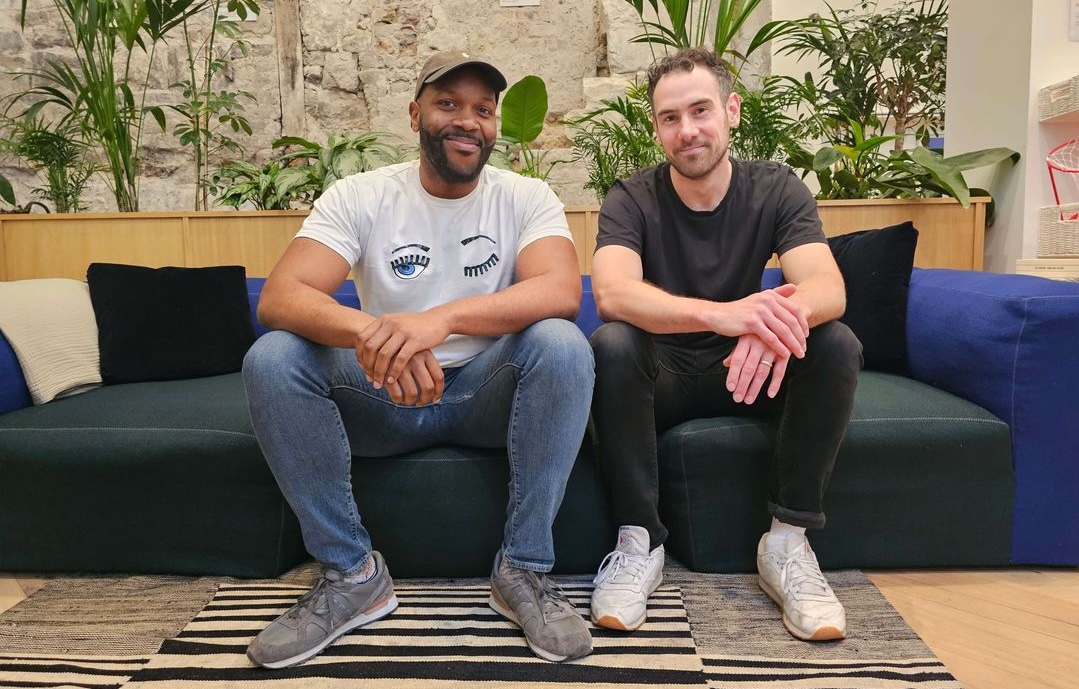“Clean your plate — people are starving” never did work all that well in getting kids to finish their dinner. And so the U.S. throws away $161 billion in food each year. The U.K. throws away $9 billion in food each year. Global food waste contributes to almost $1 trillion in economic losses annually. U.N. Sustainable Development Goal №12.3 (yes, there are subsections) sets a target of halving “per capita global food waste at the retail and consumer level, and reduce food losses along production and supply chains by 2030.”
Sainsbury’s recently realized just how difficult this may be. The U.K. grocer abandon a $12 million effort to get households to slash food waste by 50 percent one year, and $1.2 million into the project. Behavior change is hard.
Enter the techies. Hazel Technologies, based in Chicago, raised $800,000 for its technology that helps keep berries, avocados and melons fresher for longer. Australian company Yume raised $2 million to sell “surplus food” (for example, from cancelled orders) in Australia. London-based Winnow claims to help restaurants reduce waste by 50 percent by helping staff log everything thrown away from leftovers to kitchen scraps. BeeHex just raised $1 million for its adaptation on 3-D printing technology that build food on-demand.
ReFED, a coalition of more than 30 retailers, cities and agencies, found that food waste can be cut by 20 percent from a combination of 27 cost-effective, feasible, and scalable solutions (see, “Ripe for Action: How a 20 Percent Cut in Food Waste Could Yield $100 Billion in Benefits”). That would divert 13 million tons of food from landfills and on-farm losses.
This post originally appeared in ImpactAlpha’s daily newsletter. Get The Brief.
Photo credit: Missouri Organic










